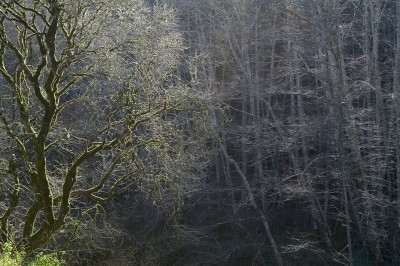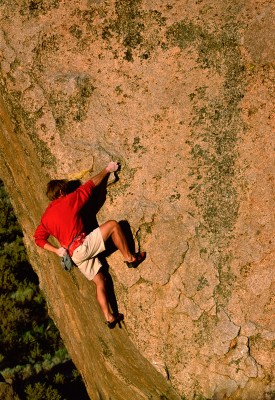The Tuesday Composition: A Few More Quick thoughts on Direction
If you like this article, you can now get the book! Joe has expanded the “Tuesday Composition” series into an inspiring new ebook on composition, especially for nature photography. Check it out: The Tuesday Composition.
Last week, we talked about direction in composition and how it relates to movement. There are several other themes that occasionally play into direction in composition, today we’ll briefly talk about a couple of them in no particular order. None of them are relevant to most images, but each of them seems to occasionally come into play when I think about how I’d like to compose an image. Perhaps a few of these ideas will be helpful to you as well.
While I’ve had trouble finding a good reference to the history of the idea, it has been understood for some time that reading direction has a cultural influence on how we look at images. In much of Western culture, we’re more likely to parse images from left to right. If there is an implied horizontal sequence in an image, we’ll probably read the leftmost object as coming first–or at least read it as the more primary object. This is far from an absolute. And in nature photography we’ll rarely have the opportunity to invert the world (at least outside of the digital darkroom), but occasionally I’ve given that idea consideration in composing an image. It’s interesting to take an image and look at how different it feels when flipped horizontally, I recommend trying it on a few of your own images.
A related idea comes from the world of graphic design, when you’re putting together something that mixes images and text, the piece will feel more harmonious if any motion in the image moves in the same direction as the text. (more…)

